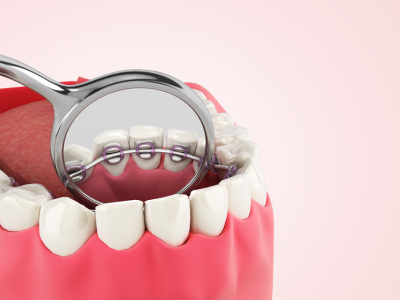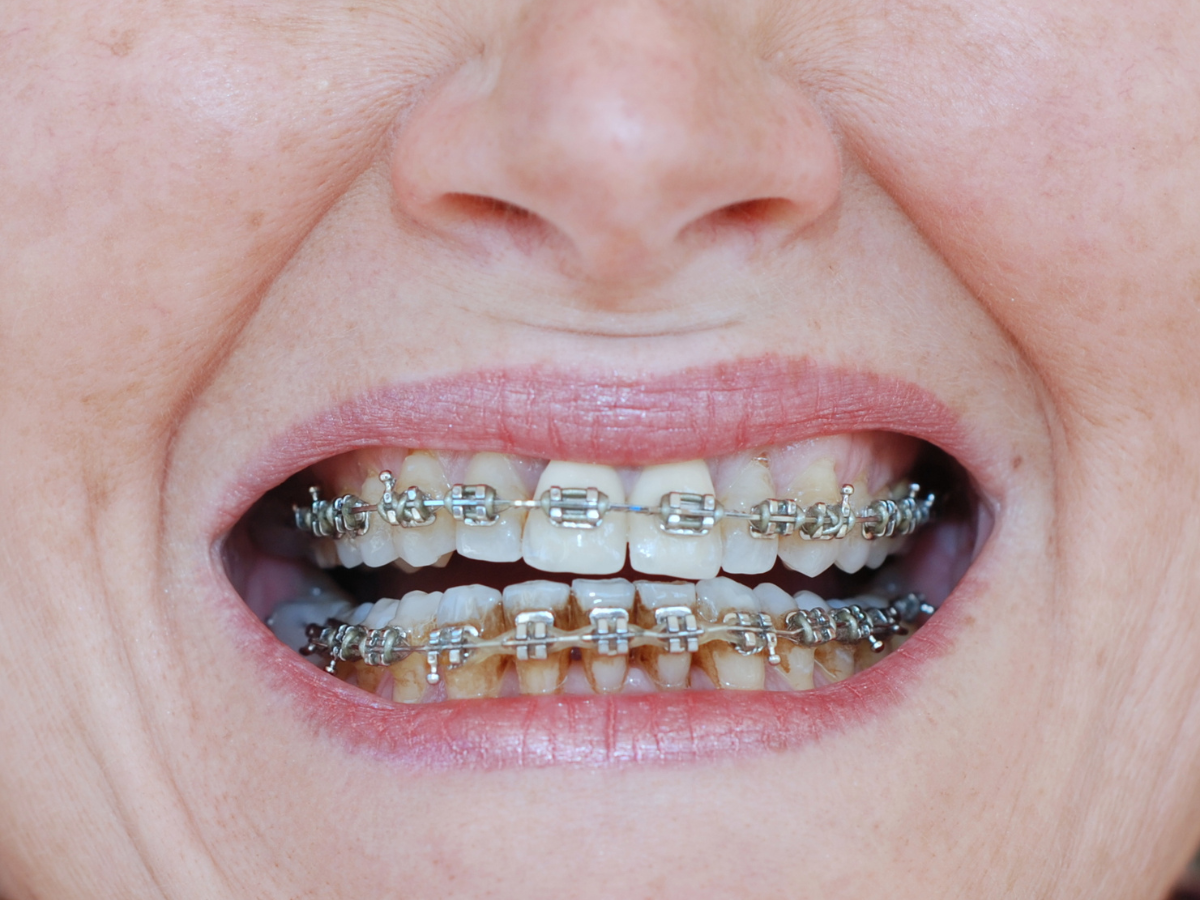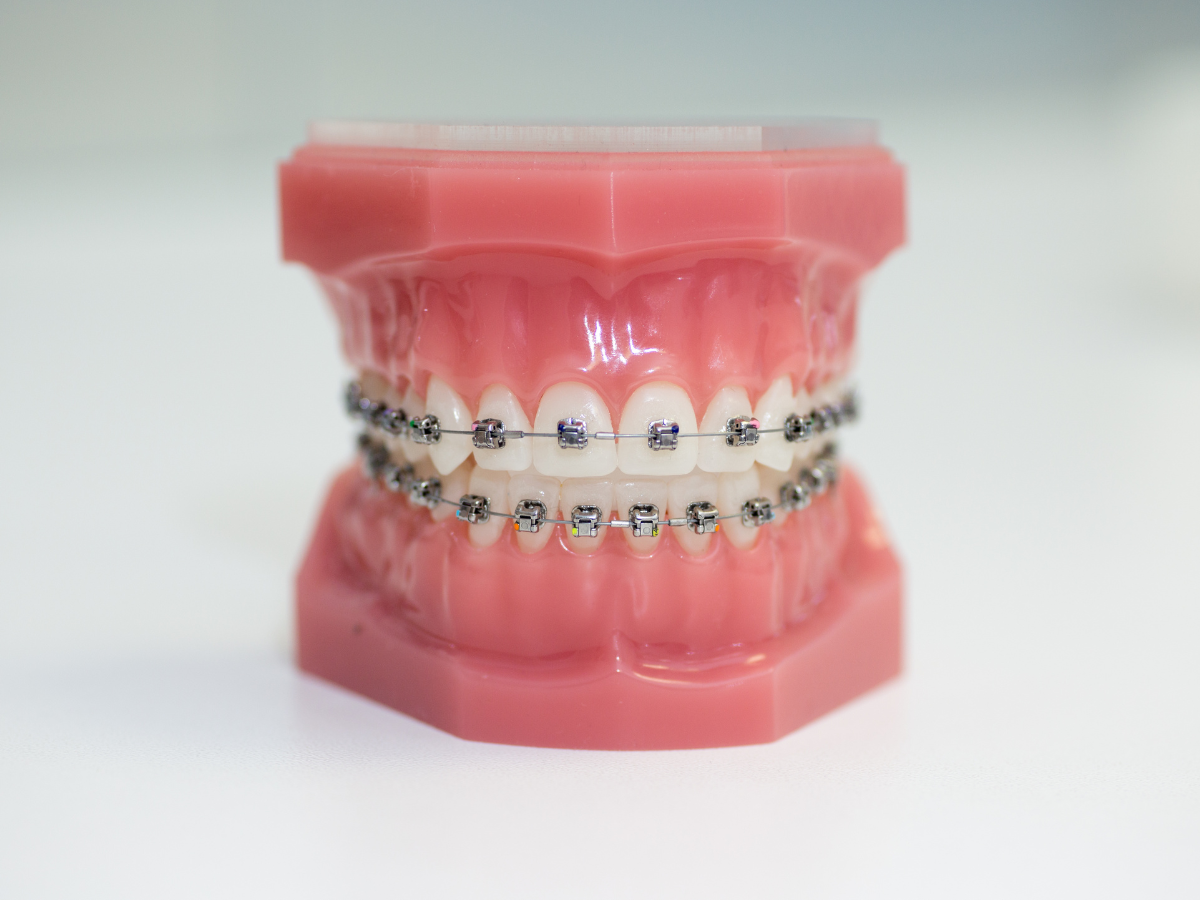Lingual braces have emerged as a sought-after orthodontic solution, lauded for their discretion and efficacy in aligning teeth. Differing from conventional braces affixed to the front of teeth, lingual braces are discreetly positioned on the back of teeth, rendering them nearly invisible when smiling. However, like any orthodontic treatment, they carry their own set of advantages and drawbacks that merit consideration before making a decision. Let’s delve into the realm of lingual braces to assess whether this orthodontic option aligns with your needs.
What Are Lingual Braces?
Lingual braces are a type of orthodontic treatment designed to straighten teeth discreetly. They resemble traditional braces in terms of structure and function but with a key difference: lingual braces are fixed to the back surface of the teeth, facing the tongue, rather than the front. This positioning makes them virtually invisible to others, offering a more aesthetically pleasing option for those conscious about the appearance of traditional braces.

Benefits of Lingual Braces
Discreet Appearance: Placed on the back of teeth, lingual braces are virtually invisible when smiling, making them an aesthetically pleasing option.
Effective Treatment: They effectively correct various orthodontic issues, including crowding, spacing, and bite problems, similar to traditional braces.
Customization and Precision: Braces are customized for each individual, ensuring a comfortable fit and personalized treatment.
Suitable for Many Cases: They can address a wide range of orthodontic problems in both adults and adolescents seeking discreet treatment.
Minimal Impact on Speech: While some initial adjustment may affect speech, most individuals adapt quickly, and speech typically returns to normal as the mouth adjusts.
Pros of Lingual Braces:
1. Aesthetics:
The primary advantage of lingual braces is their discreet nature. Being placed on the backside of the teeth, they remain hidden from view, allowing individuals to undergo orthodontic treatment without the concern of visible braces affecting their appearance.
2. Effective Treatment:
Lingual braces are highly effective in treating various orthodontic issues, including crowding, spacing, and bite problems. They use the same mechanism as traditional braces, applying gentle pressure to shift teeth into the desired position.
3. Customization and Precision:
Braces are customized to fit each patient’s teeth, ensuring a comfortable fit and effective treatment. Orthodontists can precisely adjust these braces to achieve the desired outcome, providing personalized care throughout the treatment process.
4. Comfort and Speech:
While some initial discomfort might occur, most individuals adapt well to braces. Speech might be minimally affected during the adjustment period, but as the mouth adjusts, speech typically returns to normal.
5. Suitable for Many Cases:
Lingual braces can address a wide range of orthodontic issues, making them suitable for both adults and adolescents seeking discreet treatment without compromising effectiveness.

Cons of Lingual Braces:
1. Discomfort and Adjustment Period:
Initially, lingual braces can cause discomfort, irritation, and speech difficulties as the tongue adjusts to the presence of the braces. It may take a few weeks for the mouth to adapt fully, leading to temporary challenges in speech and eating.
2. Oral Hygiene Challenges:
Since braces are on the inner surface of the teeth, maintaining proper oral hygiene can be more challenging compared to traditional braces. Brushing and flossing require extra attention and dedication to prevent plaque buildup and potential gum issues.
3. Longer Treatment Time:
In some cases, the treatment duration with braces might be longer compared to traditional braces due to the complexity of the procedure and adjustments needed to achieve desired results.
4. Potential Discomfort to the Tongue:
The positioning of lingual braces behind the teeth may cause occasional discomfort or irritation to the tongue, especially during the initial phases of treatment. Wax or dental silicone can be used to alleviate this discomfort.
5. Cost:
More expensive than traditional braces due to their customization, complexity, and the specialized expertise required for installation and adjustments.
Offer a discreet and effective solution for individuals seeking orthodontic treatment without the visual impact of traditional braces. While they come with several advantages, including aesthetic appeal and customized effectiveness, they also present challenges such as potential discomfort, speech adjustments, and increased oral hygiene efforts.
Before committing to lingual braces, consult with an experienced orthodontist who can evaluate your specific needs and help you weigh the pros and cons. Consider your lifestyle, budget, and treatment goals when deciding if lingual braces are the right orthodontic option for you. Ultimately, the goal is to achieve a confident, healthy smile, and understanding the nuances of lingual braces can aid in making an informed decision regarding your orthodontic treatment.


